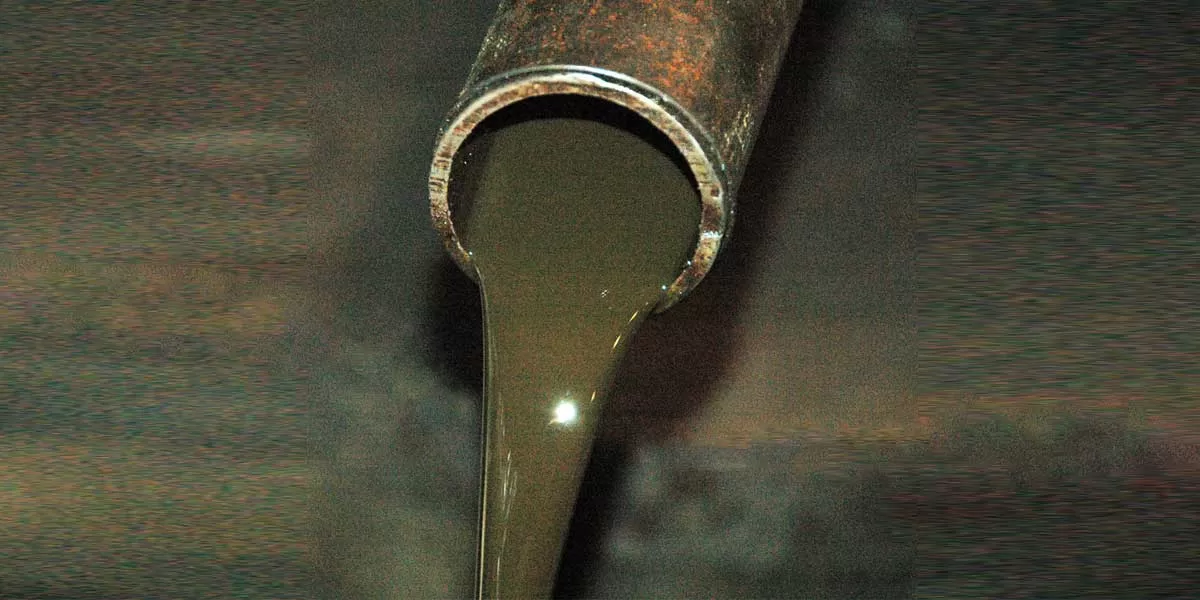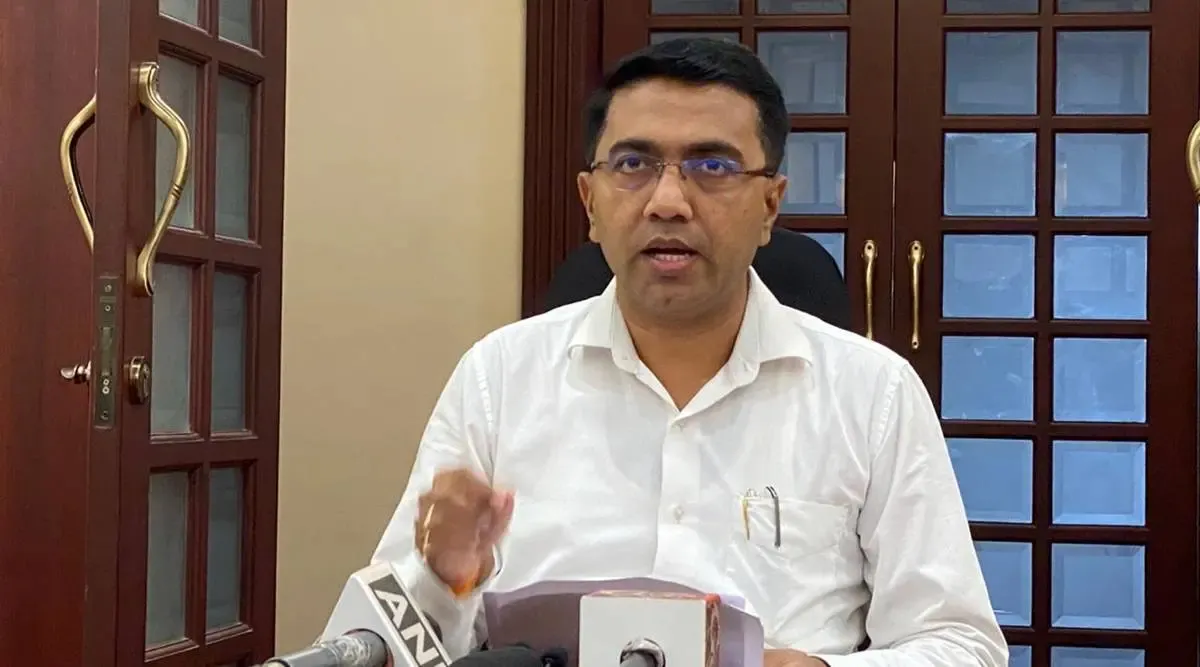
Government Initiatives to Cut Reliance on Crude Oil Imports

7X & Zelostech Launch ‘AutoLogiX’ for Autonomous Transport in the Middle East
7X, the trade, transport, and logistics group, has launched Autologix Smarttech LLC (AutoLogiX)—a new joint venture with Zelostech, a global leader in autonomous vehicle technologies. AutoLogiX aims to build an integrated logistics ecosystem powered by Level 4 autonomous vehicles, strengthening the UAE’s position as a global hub for smart, tech-enabled transportation.In its first phase, AutoLogiX will roll out Level 4 autonomous cargo vehicles—purpose-built with no cab, steering wheel, or driver—signalling a major shift from traditional vans and trucks to faster, safer, and more sustai..

Tranter Chosen as Key Supplier for UK’s Flagship Carbon Capture Project
Tranter has secured a major contract to supply gasketed plate-and-frame heat exchangers for the Net Zero Teesside Power (NZT Power) project, set to become the world’s first gas-fired power plant equipped with commercial-scale carbon capture technology.Designed to deliver over 740 MW of flexible, low-carbon power—enough to supply more than one million UK homes—NZT Power will capture up to two million tonnes of CO₂ annually. The captured CO₂ will be transported and stored by the Northern Endurance Partnership (NEP), supporting decarbonization across the East Coast Cluster in Teesside a..

Goa Advances Sustainable Future with Scientific Waste Management
Chief Minister Pramod Sawant reaffirmed Goa’s commitment to strengthening environmental sustainability through scientific and responsible waste management practices. He highlighted that the Common Hazardous Treatment and Storage Facility has become a key element in ensuring the safe, efficient, and sustainable management of hazardous waste across the State. Sawant said the state-of-the-art facility not only addresses critical environmental challenges but also supports local employment, with nearly 80 per cent of its workforce comprising Goan youth. He added that the State’s environmenta..
















